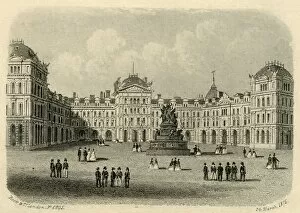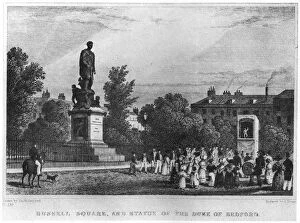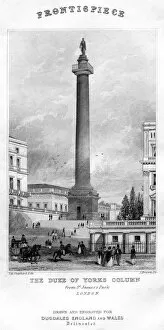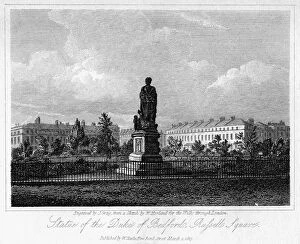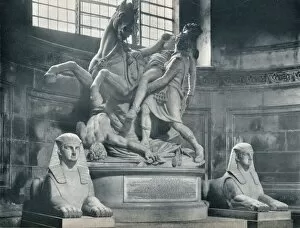Richard Westmacott Ii Collection
Richard Westmacott II was a renowned British sculptor who left an indelible mark on the artistic landscape of the 19th century
All Professionally Made to Order for Quick Shipping
Richard Westmacott II was a renowned British sculptor who left an indelible mark on the artistic landscape of the 19th century. Born into a family of artists, he inherited his father's talent and passion for creating exquisite sculptures that captured the essence of their subjects. One of his notable works is "The Yellow Drawing-Room, Buckingham Palace, " created in 1844. This masterpiece showcases Westmacott's attention to detail and ability to bring life to inanimate objects through his artistry. In 1875, Westmacott contributed to the architectural beauty of Liverpool with his creation called "Exchange. " This magnificent structure stands as a testament to his skillful craftsmanship and dedication to perfection. Another remarkable piece by Westmacott is "The Exchange and Nelsons Monument, Liverpool" from the early 1830s. Created by Edward Francis based on Westmacott's design, this sculpture immortalizes Admiral Lord Nelson while showcasing the artist's ability to capture historical figures' heroic spirit. Westmacott also had the privilege of capturing Queen Victoria and Prince Albert taking leisurely strolls in Hyde Park during London's c1840 era. These sculptures depict not only their majesty but also their genuine affection for each other. "The Park, " created around 1827, transports viewers back in time with its post-meridian ambiance. It serves as a reminder of simpler days when people sought solace amidst nature's embrace. Amongst Westmacott's most famous creations is undoubtedly "View of the statue of Achilles" situated in Hyde Park since 1822. This iconic sculpture symbolizes strength and heroism while showcasing Westmacott's mastery over form and texture. Russell Square owes much of its grandeur to Richard Westmacott II; it houses a majestic statue honoring none other than the Duke of Bedford himself.


